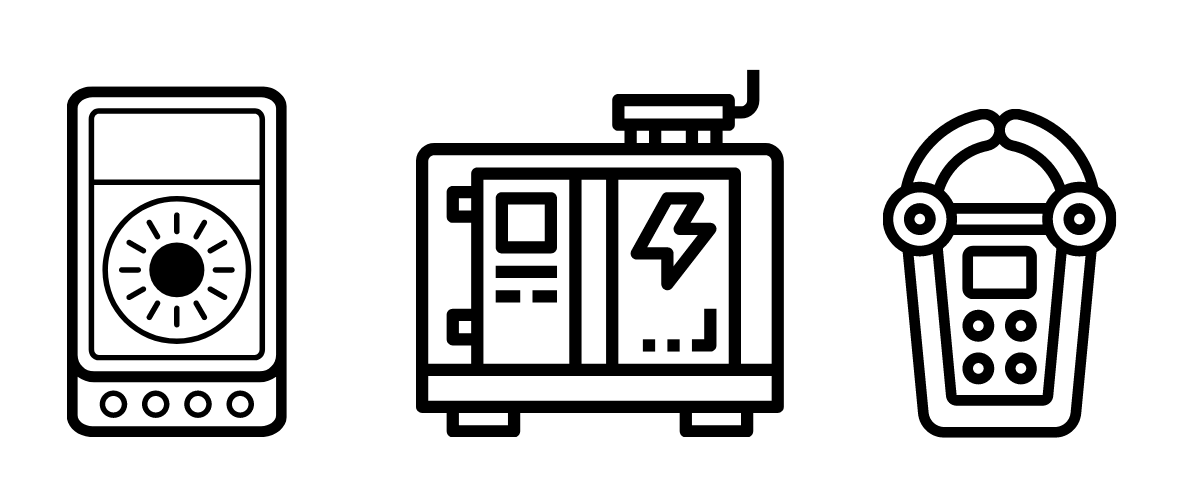
When working on electronics systems, engineers and technicians use a variety of equipment to ensure accurate results and to maintain a safe working environment. Each and every component used to build electronic devices on esd workbenches is assessed for its condition, and pieces of sensitive equipment are frequently tested to ensure that they are performing properly.
When designing an electronics testing lab, it is important to consider the many tools and techniques used to perform these assessments and to create a space that will fully facilitate these activities. Here, we’ll share a basic overview of what you might find in a typical electronics lab to help you get started with your design.
Building Tools
Working with electronic devices and their components requires a steady hand and a few basic tools to put things together. Though some equipment used in electronics testing labs are used specifically for testing, many are used to assemble equipment and connect components. Building tools are essential both in manufacturing, repair, and research settings since being able to take apart and rebuild equipment on esd workbenches can allow technicians greater freedom to explore the potential possibilities of their work. Some basic building tools include:
- Breadboard
- Hand tools
- Hot air guns
- Wire strippers
- Soldering tools
Basic Testing Equipment
The primary role of technicians and engineers working in electronics testing labs is to determine the cognition of particular devices and components. To do this, engineers use devices both to stimulate a response and to measure that response. Once measurements are taken, the next step is to analyze those results. Each of these steps can involve dozens of different tools and pieces of equipment, all of which perform various specific tasks.
Stimulate
Tools used to stimulate electronics and electrical components force the item to respond in some way. Stimulating a device can help to test its condition, its charge, its effectiveness, and more, and these tests are performed on devices at every stage of production. Here are a few common tools used by electronics technicians to stimulate a circuit response:
- Digital pattern generators
- Pulse generator
- Signal generator
Measure
Once the circuit has been stimulated, the next step of the testing phase is to measure the response. Common measurement tools used in electronics testing labs include:
- Ammeter
- Impedance Analyzer
- LCR Meter
- Logic Analyzer
- Multimeter
- Ohmmeter
- Spectrum Analyzer
- Voltmeter
Assess
Once the technicians have made measurements, the readings may be assessed manually or maybe put through another phase of testing on an anti-static workbench. Some tools commonly used to assess electronic readings include:
- Frequency Counter
- Oscilloscope
Advanced Testing Equipment
Among the basic tools listed above, some electronics testing labs may also utilize more advanced equipment for specific tests and procedures. Though not necessarily an expected part of every electronics testing lab, the following tools may be used for more advanced and in-depth assessment:
- Clamp Meter
- EMF Meter
- Electrometer
- LCR Meter
- Pulse Generator
- Signal Tracer
- Spectrum Analyzer
- Time-Domain Reflectometer
- Vector Signal Analyzer
- Wheatstone Bridge
Workstations
As important as it is to outfit your lab with a wide array of electronics testing tools, it is equally important to provide a solid workspace on which to perform said tests. Workstations need to hold up to regular use, need to be suited for the specific task at hand, and should be optimized to suit the particular needs of your facility and staff. In an electronics testing lab, workstations must be carefully selected to enhance safety, since choosing the wrong material could cause safety issues.
Electrostatic-dissipative materials are specially designed for use in environments where stray electricity can wreak havoc. Static electricity has a nasty habit of hopping from object to object, skewing readings, and causing potentially devastating damage to sensitive equipment. To mitigate these risks, and to create a controlled, static-free environment, OnePointe Solutions offers our clients customizable workstations made from ESD laminate. ESD laminate prevents the accumulation of electrons by providing them a slow, controlled channel to travel through, grounding the stray electricity before it can cause any problems.
Like other furniture available from OnePointe Solutions, our ESD workbenches are fully customizable and can come with tons of features that help to create a safer, more efficient, and comfortable working environment. Workbenches from OnePointe Solutions can be customized to include power and data, modular shelving, height adjustable features, keyboard trays, ergonomic supports, and so much more. Your options are endless when you choose OnePointe Solutions, and our team is ready and waiting to help you create the best and most efficient lab possible.
Need help designing an electronics lab?
Reach out to us today to talk to a design consultant to learn more about how we can build your custom esd workbenches and testing environment.


